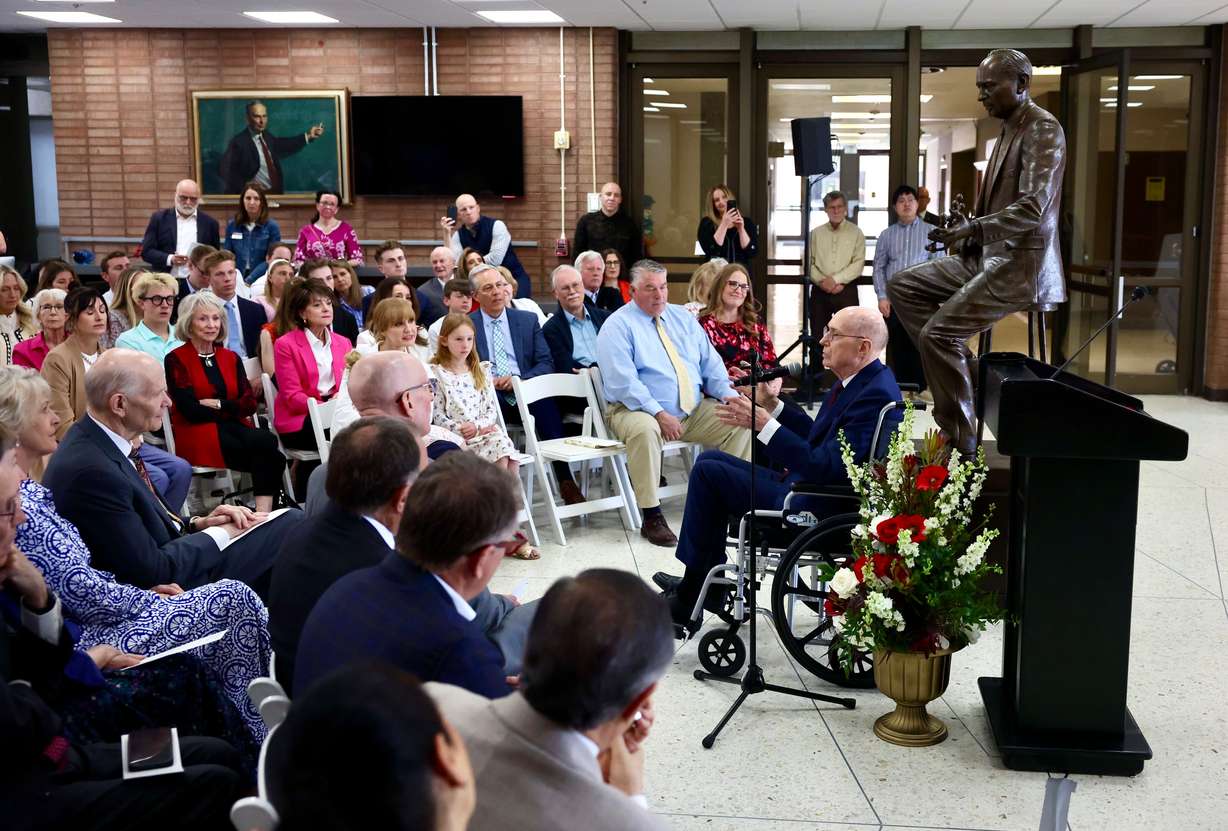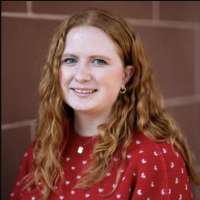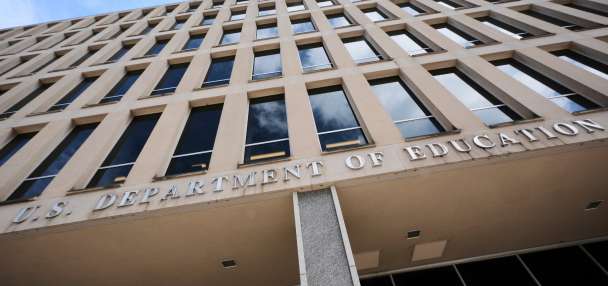Estimated read time: 3-4 minutes
- The University of Utah unveiled a statue of chemist Henry Eyring, honoring his contributions.
- Eyring, a devout member of The Church of Jesus Christ of Latter-day Saints, was celebrated for his kindness and scientific achievements.
- His work in chemical kinetics and education left a lasting impact on the university.
SALT LAKE CITY — The University of Utah on Saturday unveiled a statue honoring Henry Eyring, a renowned chemist who served as the founding dean of the university's graduate school.
The statue is located in the atrium of the Henry Eyring Chemistry Building, named for the chemist himself.
During the unveiling, Eyring's son, President Henry B. Eyring, of the First Presidency of the Church of Jesus Christ of Latter-day Saints, spoke, highlighting not just who his father was as a chemist but as a person.
Eyring was a faithful member of the church for his whole life, and his son shared that he was someone who loved God, loved people and loved chemistry.
"He saw himself as a person whose main purpose was to help people, that that's what God would want him to do," President Eyring said.
The statue was provided by Khosrow Semnani, a philanthropist who said he saw this statue as a way for him to do something for Eyring, who had a major impact on him and was a guiding light in his life.
"He was a very kind man in many ways," Semnani added. "He never stopped promoting kindness."
The statue shows Eyring sitting on a stool, holding a model of a molecule and smiling as if he was teaching a class.
"That smile is the smile he always had when he taught about chemistry, and he was trying to lift people," President Eyring said.
It was sculpted by Mark Degraffenried and was created through the Metal Arts Foundry.
Other speakers at the event included Peter Armentrout, interim chairman of the university's chemistry department, and university President Taylor Randall. Also present at the event were former Utah Gov. Gary Herbert and Elder Dale G. Renlund, of the church's Quorum of the Twelve Apostles.

Henry Eyring's impact in chemistry
Eyring was a trailblazing theoretical chemist who wrote over 600 scientific papers and 10 volumes. His research on chemical kinetics helped build a foundation for the modern day understandings of chemical reactions.
"Dr. Eyring's contributions to theoretical chemistry have fundamentally shaped our understanding of chemical kinetics, and I know that for a fact, because I do chemical kinetics, and I use some of his principles all the time," Armentrout said.
His works included seminal research on the theory of liquids, optical rotation, rate processes in biology and medicine, aging and cancer, anaethesiology and other areas.
He developed the absolute rate theory, known as the Eyring equation. Eyring also was presented with National Medal of Science in 1966 by Lyndon B. Johnson and received the Wolf Prize in Chemistry in 1980.
He served as dean of the U. Graduate School and a professor of Chemistry and Metallurgy at the University of Utah from 1946 until his death in 1981, at age 80.
During his life he was also nominated for a Nobel Prize multiple times.
Randall pointed out that the university is celebrating its 175th anniversary this year and said that Eyring's time at the school is a great inflection point of the university's history.
"Beyond these scientific achievements, he was also known for his passion for education, his infectious enthusiasm for discovery of all sorts, and his unique ability to bridge the realms of science and profound philosophical thought," Armentrout said.










